- WE MOVED !!!
-
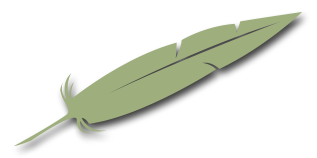 Professional Acupuncture & Physical Therapy1118 East Superior Street
Professional Acupuncture & Physical Therapy1118 East Superior Street
Duluth, MN 55802(218) 724-3400 Clinic Hours
Mon8:00 am - 4:30 pmTue1:45 pm - 4:30 pmWed8:00 am - 4:30 pmThu8:00 am - 4:30 pmFriCLOSED
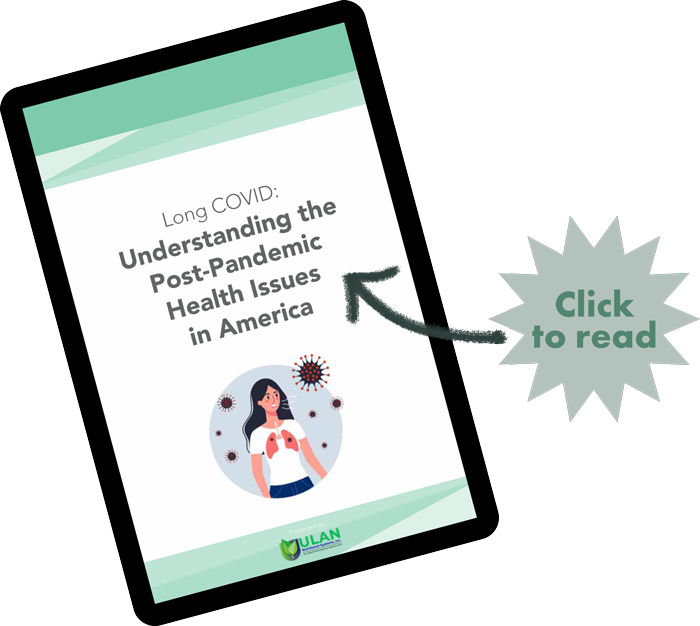
- Long Covid Booklet
Blog
Acupuncture and Summer Health: Harnessing Traditional Chinese Medicine for Cooling Relief
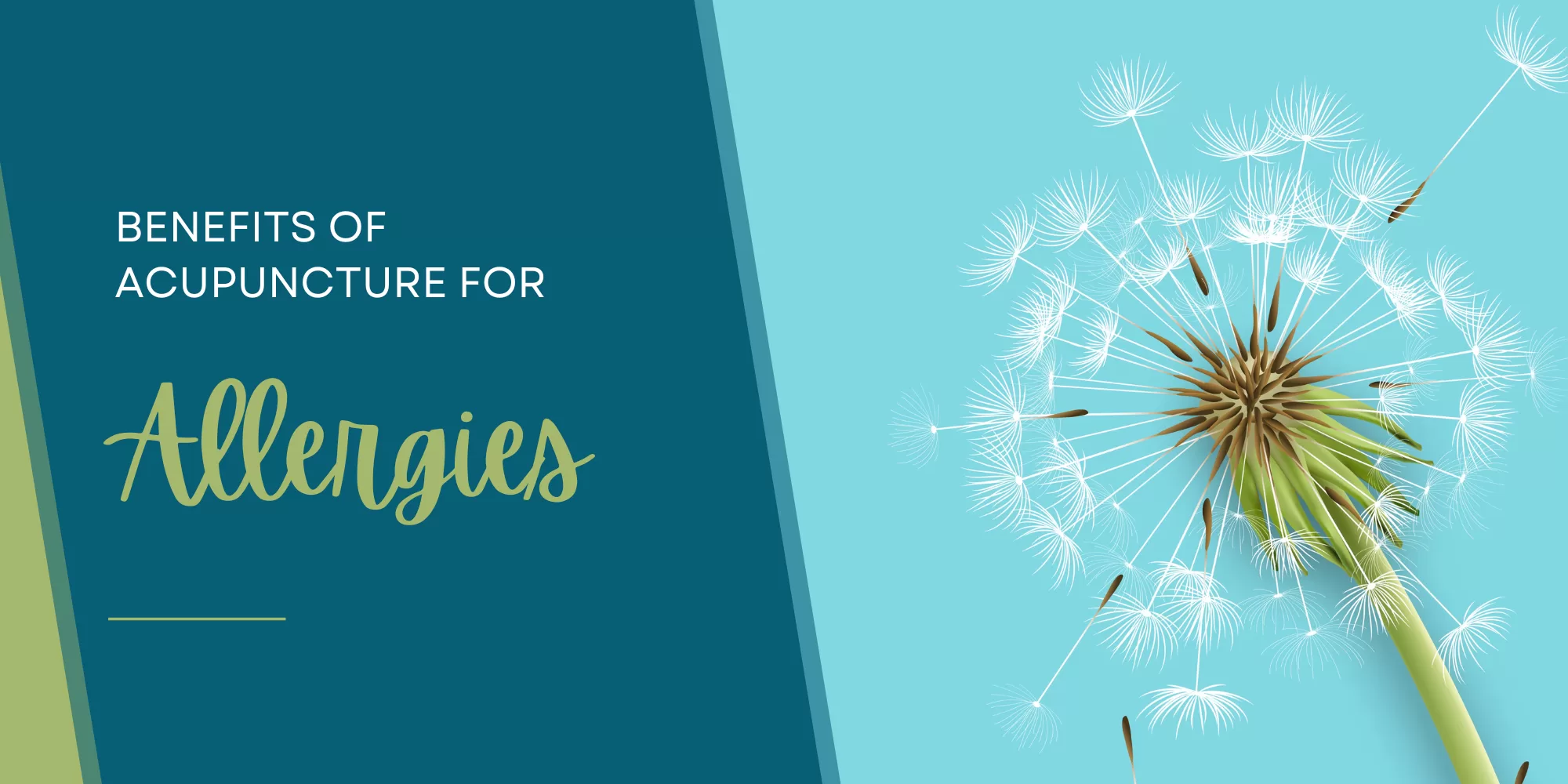
As the summer temperatures begin to rise, so does the need for effective ways to stay cool and maintain a balanced state of health. One avenue that many individuals may not have considered lies in the time-tested traditions of Traditional Chinese Medicine (TCM) – specifically, acupuncture and the therapeutic use of Chinese herbs. Here, we explore how acupuncture can be applied to promote summer health and also delve into some refreshing recipes using Chinese herbs renowned for their cooling properties.
Acupuncture and Summer Health
Acupuncture, one of the pillars of TCM, has been practiced for thousands of years. It involves the insertion of fine needles at specific points on the body, known as acupoints. According to TCM, these points are thought to be linked to the body’s vital energy, or Qi, and by manipulating these points, practitioners aim to correct imbalances and promote health.
In the context of summer health, the primary concern for many people is managing the excess heat, which can lead to symptoms like restlessness, insomnia, dehydration, and even heatstroke. TCM views these symptoms as signs of excess heat or Yang energy in the body. Acupuncture can help rectify this imbalance by stimulating acupoints that have cooling or Yin-enhancing effects.
Several acupoints have been traditionally associated with heat-clearing effects, such as LI11 (Quchi), HT8 (Shaofu), and GV14 (Dazhui). It’s crucial, however, to seek the assistance of a trained and certified acupuncturist, as they can provide a personalized assessment and treatment plan based on your specific needs and overall health condition.
Cooling Down with Chinese Herbs
Beyond acupuncture, TCM also extensively uses herbs to rectify imbalances in the body. For combating the summer heat, several Chinese herbs and ingredients have been recognized for their cooling properties.
- Mung Beans: Mung beans are well-known for their cooling and detoxifying effects. They are rich in proteins, fiber, vitamins, and minerals and can be included in both sweet and savory dishes.
- Chrysanthemum Flower: This flower is often brewed into a tea and is believed to clear heat and toxins from the body. It also has calming properties, making it excellent for alleviating stress and insomnia.
- Lotus Seeds: Used in a variety of Chinese dishes and desserts, lotus seeds are considered cooling and beneficial for the heart and kidneys. They are also known for their calming effects, assisting with restlessness and insomnia.
Recipes for a Cool Summer
Here are two simple recipes incorporating these cooling Chinese ingredients:
Chrysanthemum Tea
Ingredients:
- 20-30 dried chrysanthemum flowers
- 1 tablespoon of honey (or to taste)
Instructions:
- Rinse the chrysanthemum flowers under cold water.
- Place the cleaned flowers in a teapot or a heat-resistant pitcher.
- Pour boiling water into the pot and let the flowers steep for about 5 minutes.
- Stir in the honey until it dissolves.
- Strain the tea into cups and serve. You can enjoy this drink hot or allow it to cool and then refrigerate for a refreshing chilled beverage.
Mung Bean Soup
Ingredients:
- 1 cup mung beans
- 4 cups water
- Rock sugar or honey to taste
- A handful of dried lotus seeds (optional)
Instructions:
- Rinse the mung beans and lotus seeds under cold water.
- In a large pot, combine the mung beans, lotus seeds (if using), and water. Bring the mixture to a boil.
Research Update – Acupuncture and the Adrenal Glands

In a paper published by the National Institutes of Health, researchers studied the effects of acupuncture on the adrenal gland peptides known as atrial natriuretic peptide (ANP) and C-type natriuretic peptide (CNP), as well as the content of corticosterone in the plasma of rats exhibiting chronic emotional stress and anxiety. The researchers did this to evaluate the efficacy of acupuncture in treating anxiety-related disorders. They took thirty-two healthy rats, split them into three groups and then proceeded to surprise two of the groups with unpredictable chronic emotional stress to establish the model of anxiety. What the researchers found was that the rats who were treated with acupuncture showed lower levels of both peptides and corticosterone. This leads to the conclusion that acupuncture treatments for anxiety help regulate the ANP and CNP in the adrenals, which then decreases the release of corticosterone throughout the body, ultimately decreasing the body’s stress and anxiety levels.
The adrenal glands are tiny glands that sit on top of the kidneys. They are part of the endocrine system in the body and they produce a variety of hormones including adrenaline and steroids like cortisol and aldosterone. These small little glands are vital to the wellbeing of all humans. The adrenal glands produce the hormones all day, every day. But they kick into overdrive when the body is stressed. And studies show that chronic stress can severely impact the adrenal glands ability to continually produce the hormones that are needed to sustain life. This is where the term “adrenal fatigue” comes into play.
Adrenal fatigue is more commonly known as HPA Axis Dysregulation. HPA stands for hypothalamus pituitary adrenal, which are all part of the endocrine system. When a person experiences HPA Axis Dysregulation, the adrenal glands have a difficult time producing the required levels of stress hormones and sex hormones and various neurotransmitters. This is why people with adrenal fatigue feel tired all the time. This is also the time that the body should be offered some extra support.
Traditional Chinese Medicine (TCM) is a wonderful way to support the body and rejuvenate the adrenal glands. Acupuncture is just one of the many tools in the kit of a licensed acupuncturist. Acupuncture can be a mechanical way to stimulate the body’s internal energy and bring areas of dysfunction back into balance. As mentioned above, the use of regular acupuncture can be very beneficial to the health of the adrenal glands.
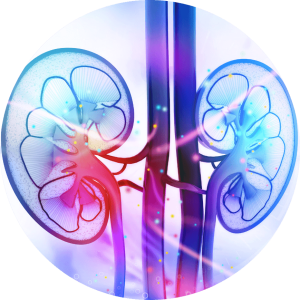 In TCM, the adrenal glands are considered to be part of the water element, which is related to the kidneys. The kidney area is a key organ that helps determine the quality of life of the individual. Things like adrenal fatigue and low thyroid function can all be contributed to a deficiency of fire in the kidneys. Therefore, a TCM practitioner will focus on ways to warm the kidneys and stimulate energy flow from the adrenal glands, while increasing the basal metabolic rate of the body. Acupressure points like Stomach 36, Kidney 3 and Spleen 6, which are all located on the lower leg make great choices.
In TCM, the adrenal glands are considered to be part of the water element, which is related to the kidneys. The kidney area is a key organ that helps determine the quality of life of the individual. Things like adrenal fatigue and low thyroid function can all be contributed to a deficiency of fire in the kidneys. Therefore, a TCM practitioner will focus on ways to warm the kidneys and stimulate energy flow from the adrenal glands, while increasing the basal metabolic rate of the body. Acupressure points like Stomach 36, Kidney 3 and Spleen 6, which are all located on the lower leg make great choices.
Acupuncture can be quite helpful in the fight against adrenal fatigue, stress and anxiety. If you or somebody you know is suffering from fatigue, depression, anxiety or chronic stress, acupuncture and other facets of TCM might be very beneficial.
TCM and Libido in Men

If your love life is lackluster, have you considered Traditional Chinese medicine to help a sagging libido? Acupuncture and herbal formulas may just be the ticket to improve your sex life and reignite your fire.
There are many factors to consider that could be contributing to low libido in men, including stress, depression, age, drugs and alcohol, low testosterone and diabetes, to name a few. It’s important to find the underlying cause of low libido before treatment begins, and this is why a certified TCM practitioner gives a detailed history by asking a lot of questions concerning lifestyle, mood, diet, energy level and sleep.
In addition, to the varying factors above, there is common testosterone decline seen in men over 50. Testosterone is a steroid hormone involved with muscle development, bone strength, fertility, libido and sperm production. When this hormone is low, symptoms include low libido, fatigue, erectile dysfunction, decrease in muscle mass, anxiety and insomnia.
In TCM the kidneys deal with sexual reproduction, libido, bone development and health. If the kidney energy is weak, it is known as yang deficiency. The kidneys contain both yin and yang energy, ideally in a comfortable balance. The yin is what is dark, cool, moist and still. Yang is hot, dry, moving, outward and bright. If there is an imbalance, as in yang deficiency, for example, the symptoms include feeling cold, a sore lower back, pale complexion, weak legs and knees. This is because yang energy is deficient (due to aging, lifestyle or poor diet) making the yin, the cooler energy, appear relative to that imbalance.
A popular formula for yang deficiency is called Jin Gui Shen Qi Wan or Kidney Pill. This formula warms and strengthens the kidneys. The advantage of taking a formula it is generally safer if one herb is particularly strong and the other herbs mitigate the effect. Taking one herb, for example ginseng, could be too warming for an individual and cause other problems such as high blood pressure, anxiety, headache and palpitations. It is best to see a qualified herbalist or TCM practitioner to get an accurate diagnosis and treatment; it is not advisable to self-diagnose and treat oneself with herbs. Acupuncture, herbs and warming moxibustion on the lower back can help with low libido, along with lifestyle changes in diet, sleep, and adding light exercise.
In addition to the above diagnosis and treatment, another common factor for low libido could be stress, anxiety or depression. TCM can treat stress as the root cause of low libido (an emotional and physical stagnation) with acupuncture and herbal formulas. Light exercise such as tai chi or qi gong could be beneficial as well.
Other common herbs and food that can help low libido include horny goat weed, ginseng, sea vegetables, bone broth, figs, bananas, lamb and goji berries.
Stay Healthy, Stay Hydrated

We’re all hearing it, remember to stay hydrated, but why?
Well for starters, did you know that your body weight is nearly 60% water?
Drinking water does more than just quench your thirst. Water is a vital source of life, and without it, life on Earth would not exist as we know it. Staying properly hydrated allows cells, organs, and tissues to maintain bodily function. These functions include regulating temperature, retaining optimum levels of moisture in the blood, bones, and brain, as well as excrete waste through perspiration, urination, and defecation.
Considering our bodies lose water through processes like breathing, sweating, and digestion, it is very important to rehydrate by drinking fluids and eating foods that contain water. The amount of water your body needs is dependent on various factors including, climate, physical activity, illnesses, and other health conditions.
A study published by the University of North Carolina (linked here) states that proper hydration is critical to the body’s ability to moderate internal temperature. Body water loss through sweat is an important cooling mechanism in hot climates and in physical activity, or when battling a fever. This extensive study was able to provide many examples of how water intake can affect a vast array of bodily functions such as cognition, kidney function, gastrointestinal function, even heart function, and more.
There’s no hard and fast rule. Many individuals get their daily required water by simply drinking water when they’re thirsty. According to a report on nutrient recommendations from the Institute of Medicine of the National Academies, if you’re losing fluids for any of these reasons, especially in the midst of high fever symptoms seen in Covid-19 and other active influenza viruses, it’s important to increase your fluid intake so that you can restore your body’s natural hydration levels.
We encourage you to do all that you can to stay healthy and well-rested. We hope to help you become inspired by living a healthy lifestyle, do your own research, and spread some wholesome wellness in your world.
Now… go drink some water!
Using Acupuncture to Treat PTSD
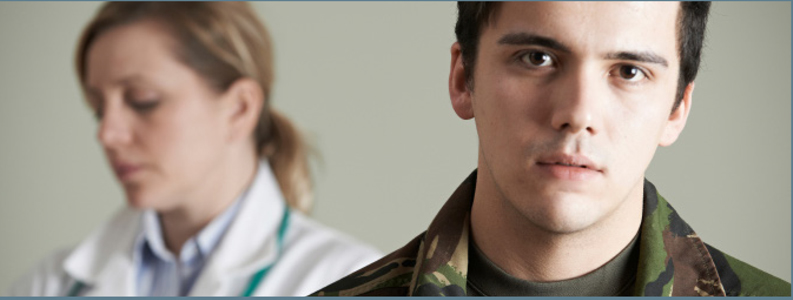
Post-traumatic stress disorder or PTSD is usually associated with past and present military personnel. However, PTSD can affect anybody who has had some sort of traumatic or life changing event, such as a car crash, physical abuse, natural disasters or even the death of a loved one. Any situation causing emotional, physical or mental trauma can result in PTSD. In the U.S. alone, it is estimated around 24 million people are affected by PTSD. That means there are a whole lot of people who need help coping with the disorder. Luckily, Traditional Chinese Medicine offers hope for those people.
Some symptoms of PTSD include insomnia, anxiety, irritability, flashbacks, as well as feelings of shame, despair and hopelessness. All of these can lead to problems at work and home. It can also lead to serious health problems like clinical depression and even alcohol and drug abuse. The effects of PTSD are far-reaching and can be a lifelong battle for those afflicted with it.
Acupuncture treatments for PTSD focus on specific auricular points on the body. These points are responsible for controlling areas of the brain that help control nervous functioning while decreasing stress levels. Many military personnel experiencing PTSD can become violent if they are not helped. This is why the military is starting to offer battlefield acupuncture for soldiers in the field even before they are discharged from active duty. The Pentagon has been investigating the benefits of acupuncture for PTSD and so far, it has been found that combat veterans were relieved of most of their symptoms and their levels of depression and pain were greatly reduced.
Many PTSD sufferers are leery of opening up about their trauma and thus are reluctant to seek psychological counseling. This is where acupuncture can play a key role in helping these individuals. While acupuncturists should be taking an in-depth medical history for each patient they treat, the questioning does not need to become as personal as that required when seeking psychiatric help. This makes it easier for PTSD sufferers to feel safe and somewhat more relaxed. Also, acupuncture has been shown to provide rapid benefits to patients through faster healing, whereas psychological counseling can take years.
Auricular acupuncture is especially beneficial for those suffering from PTSD. There are a multitude of auricular acupuncture points that specifically focus on different areas of the brain. For instance, there is a point located at the base of the ear, where the ear lobe attaches to the side of the head that is labeled the limbic point. This point specifically addresses emotional life, the formation of memories, amnesia and alcohol or drug dependency. By needling this point, the patient can get relief from one or all of the aforementioned symptoms. This is quite remarkable and it makes the treatments require fewer needles.
Those suffering from PTSD should consult a doctor about the proper treatment and also discuss alternative medical options like acupuncture. If you or somebody you know suffers from PTSD, please consider acupuncture as part or all of the treatment protocol. Call (218) 724-3400 to get scheduled with Heidi.
